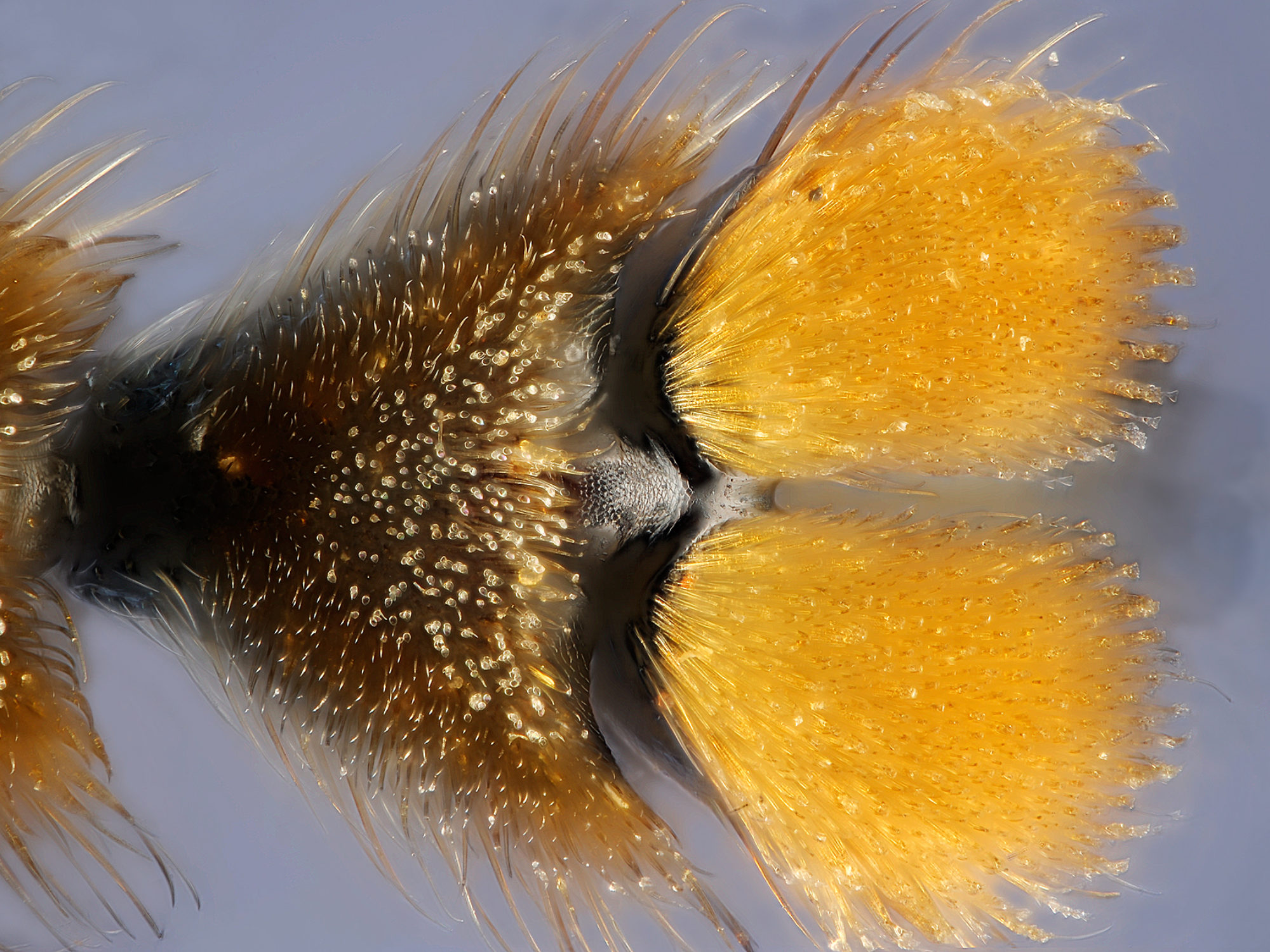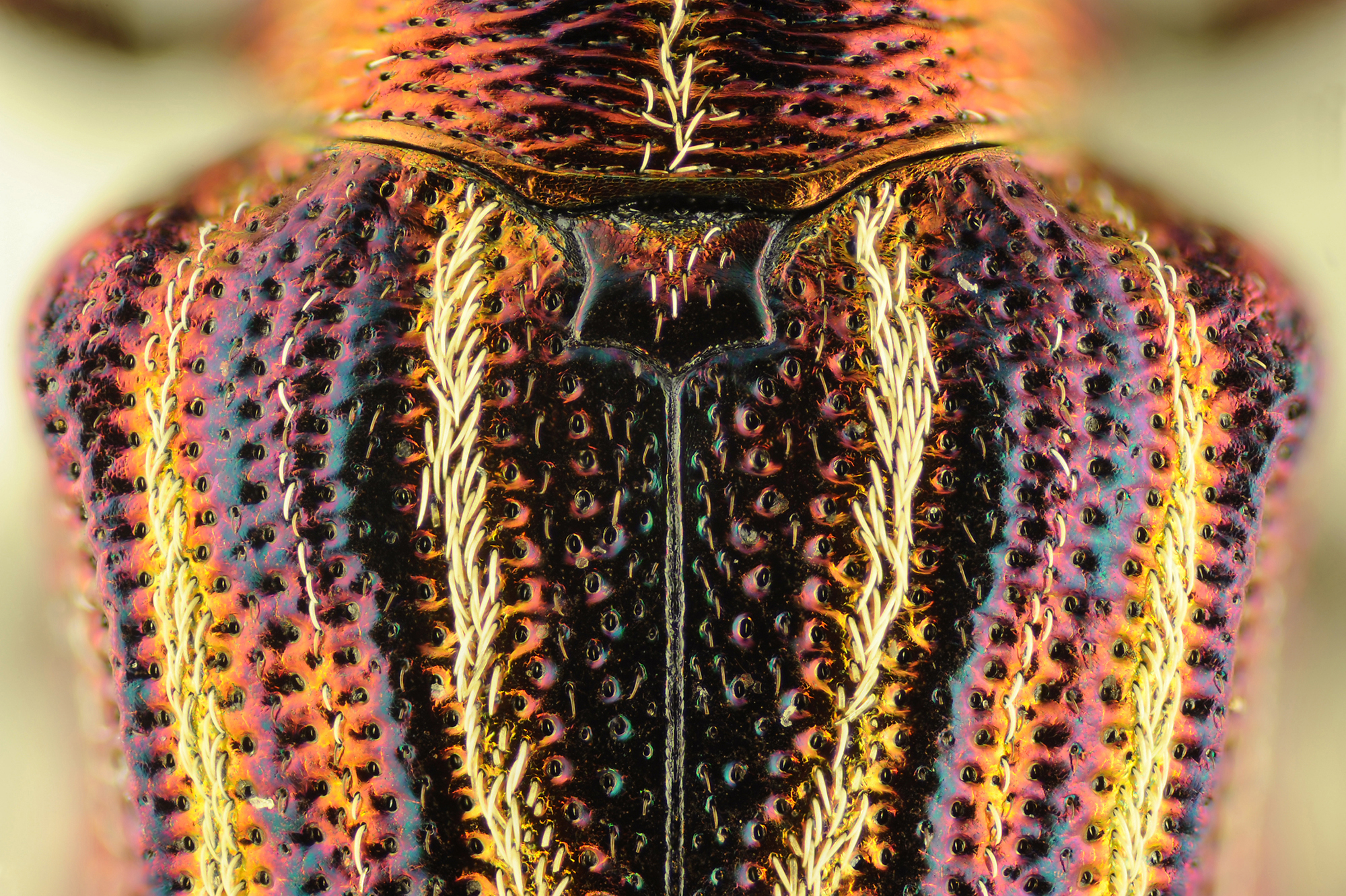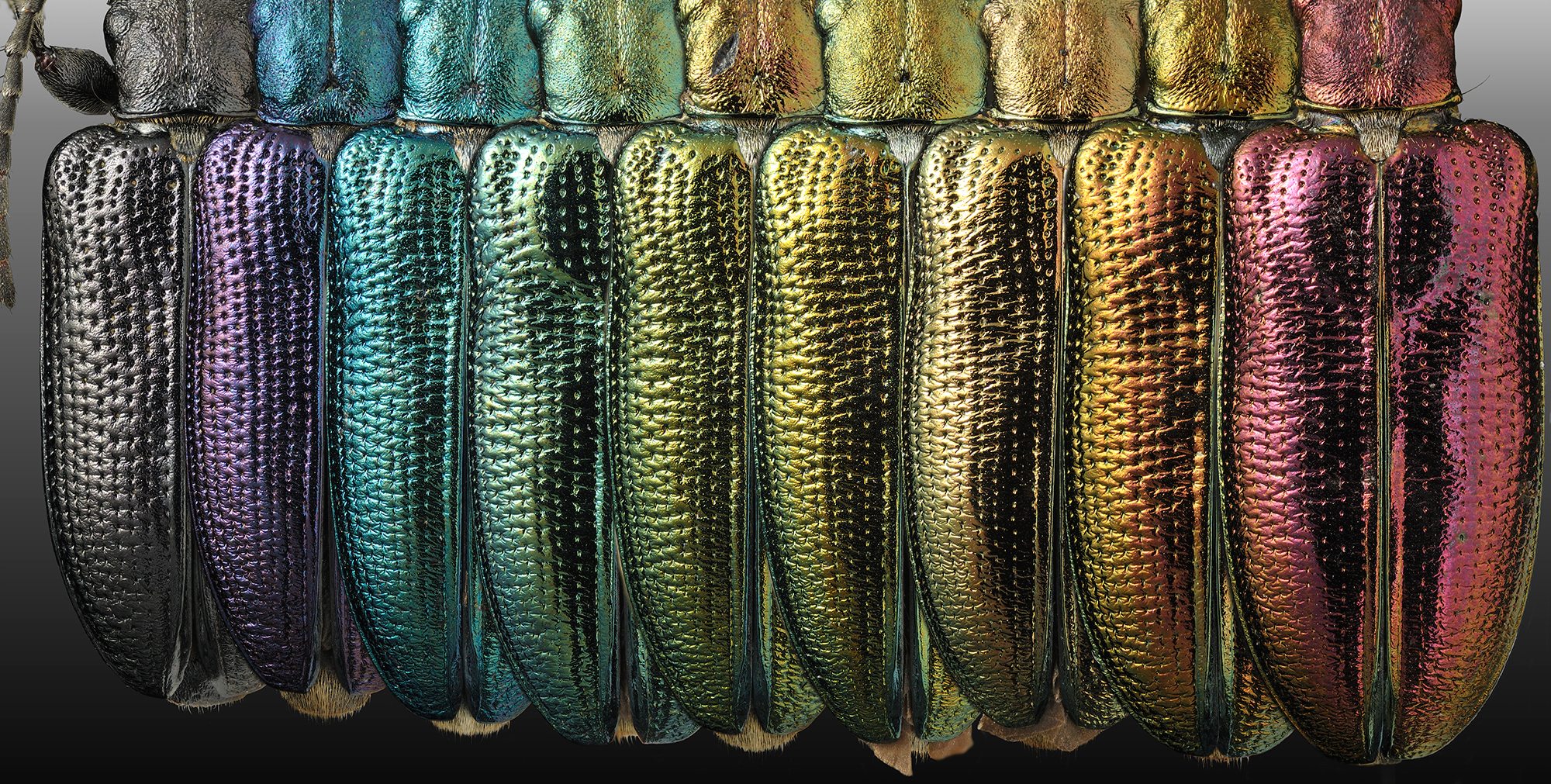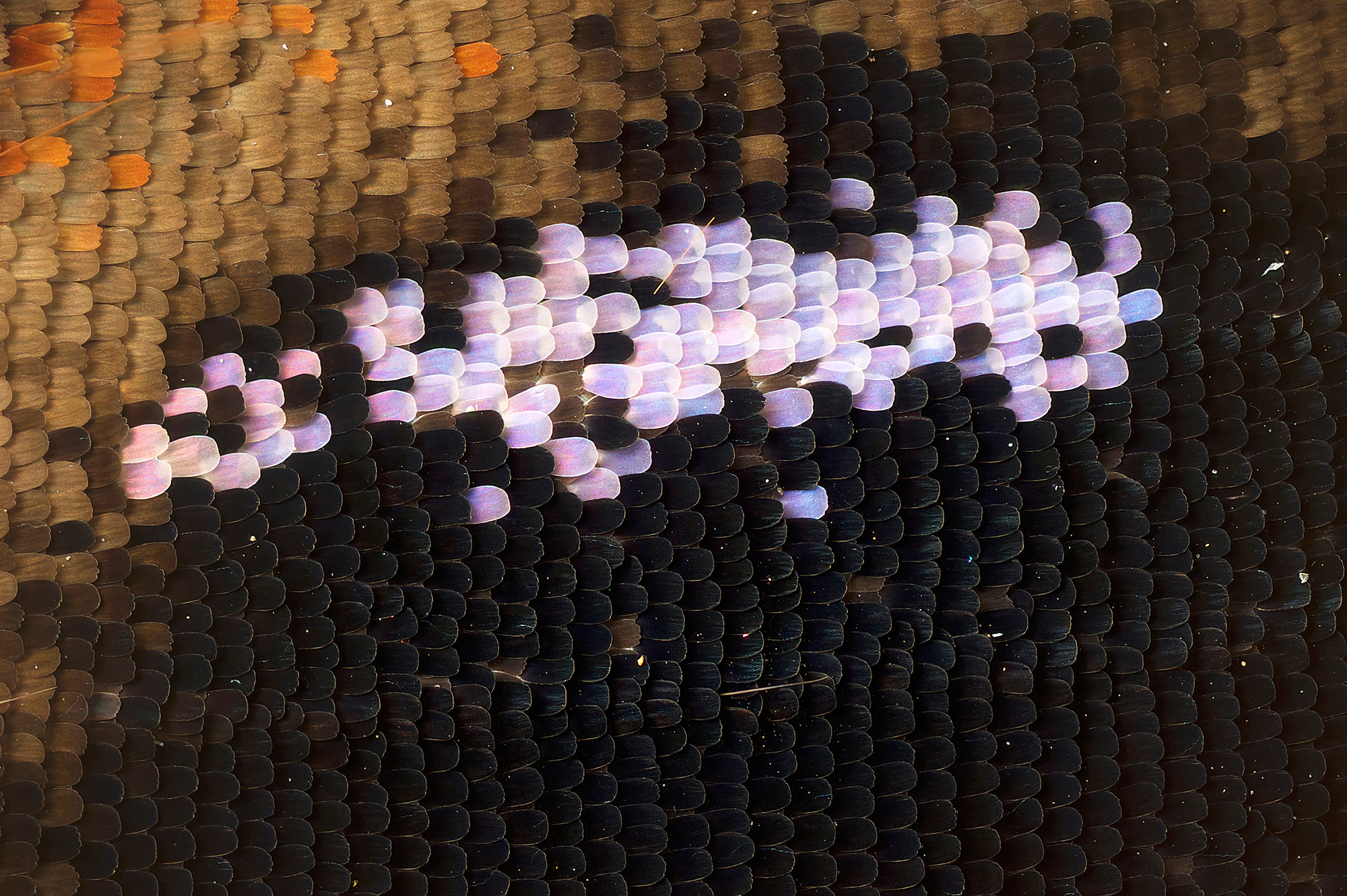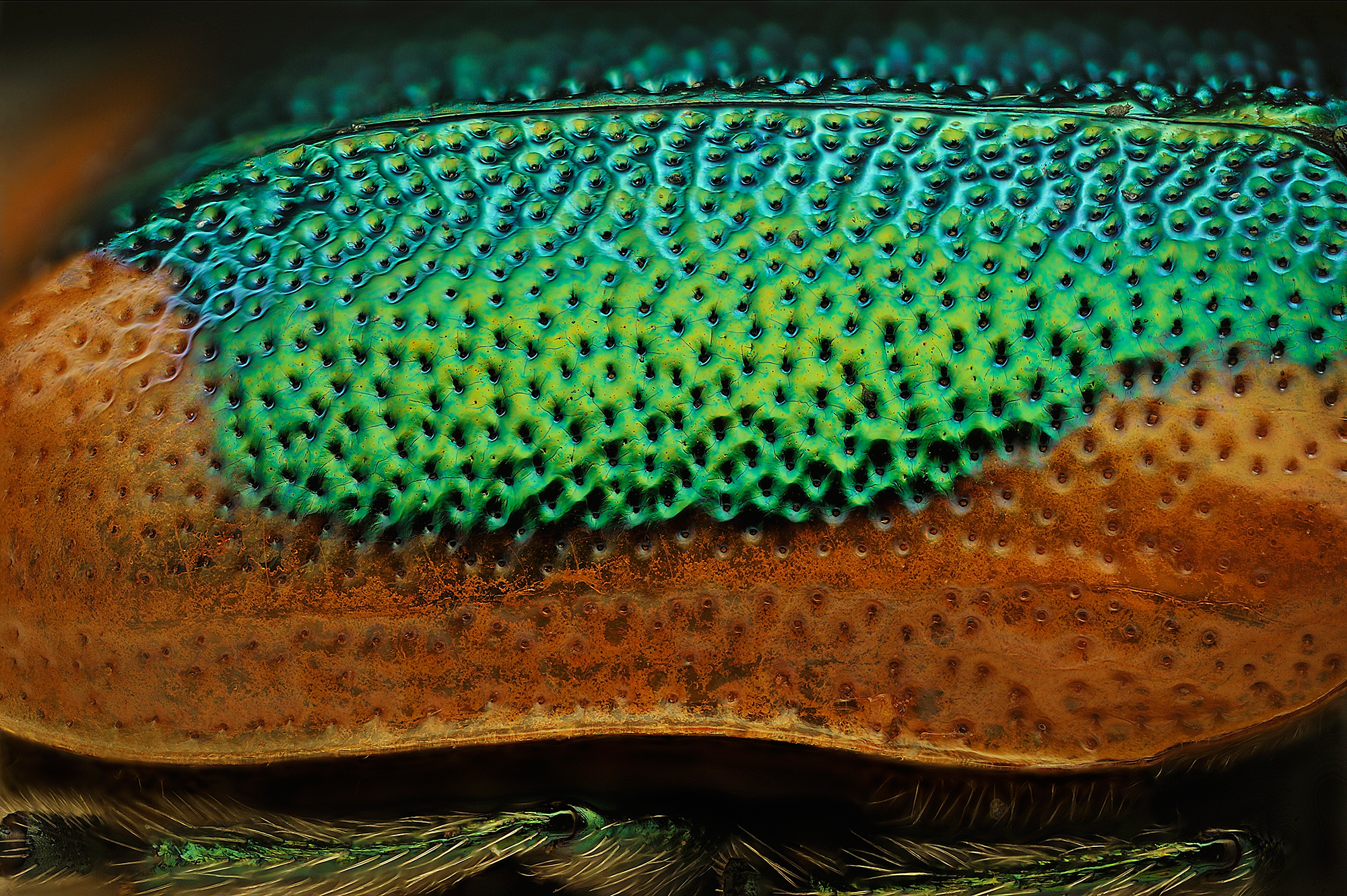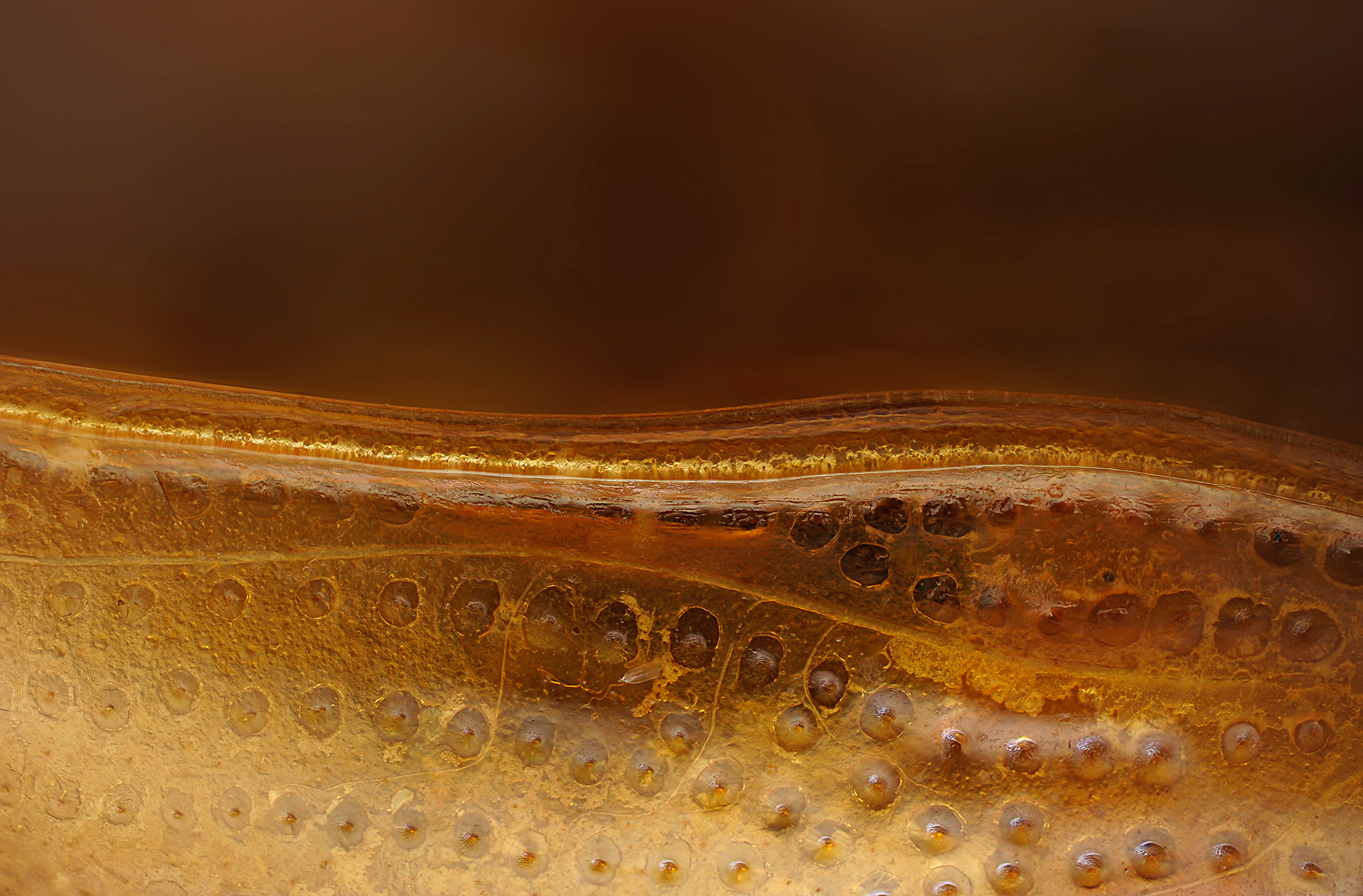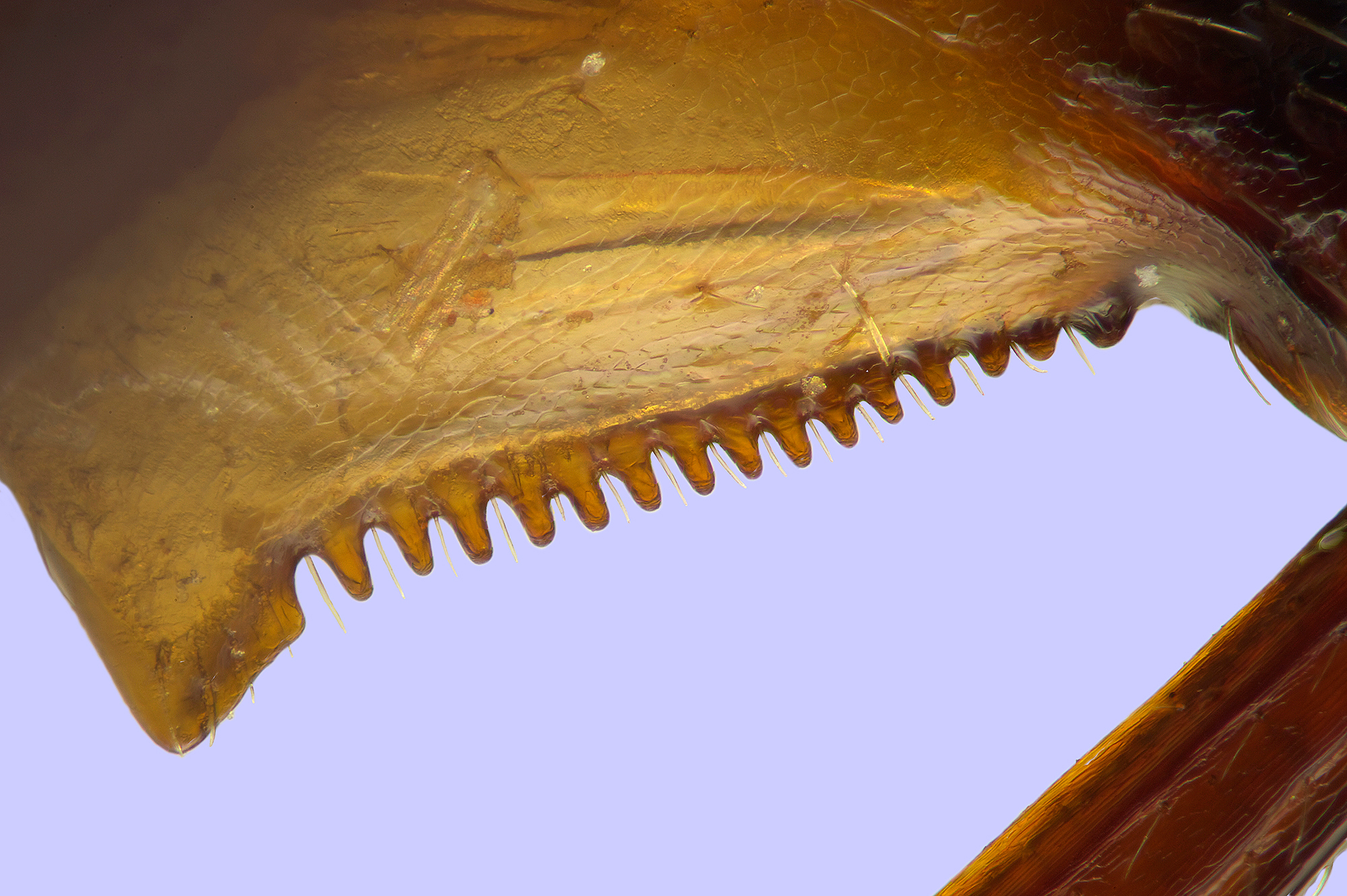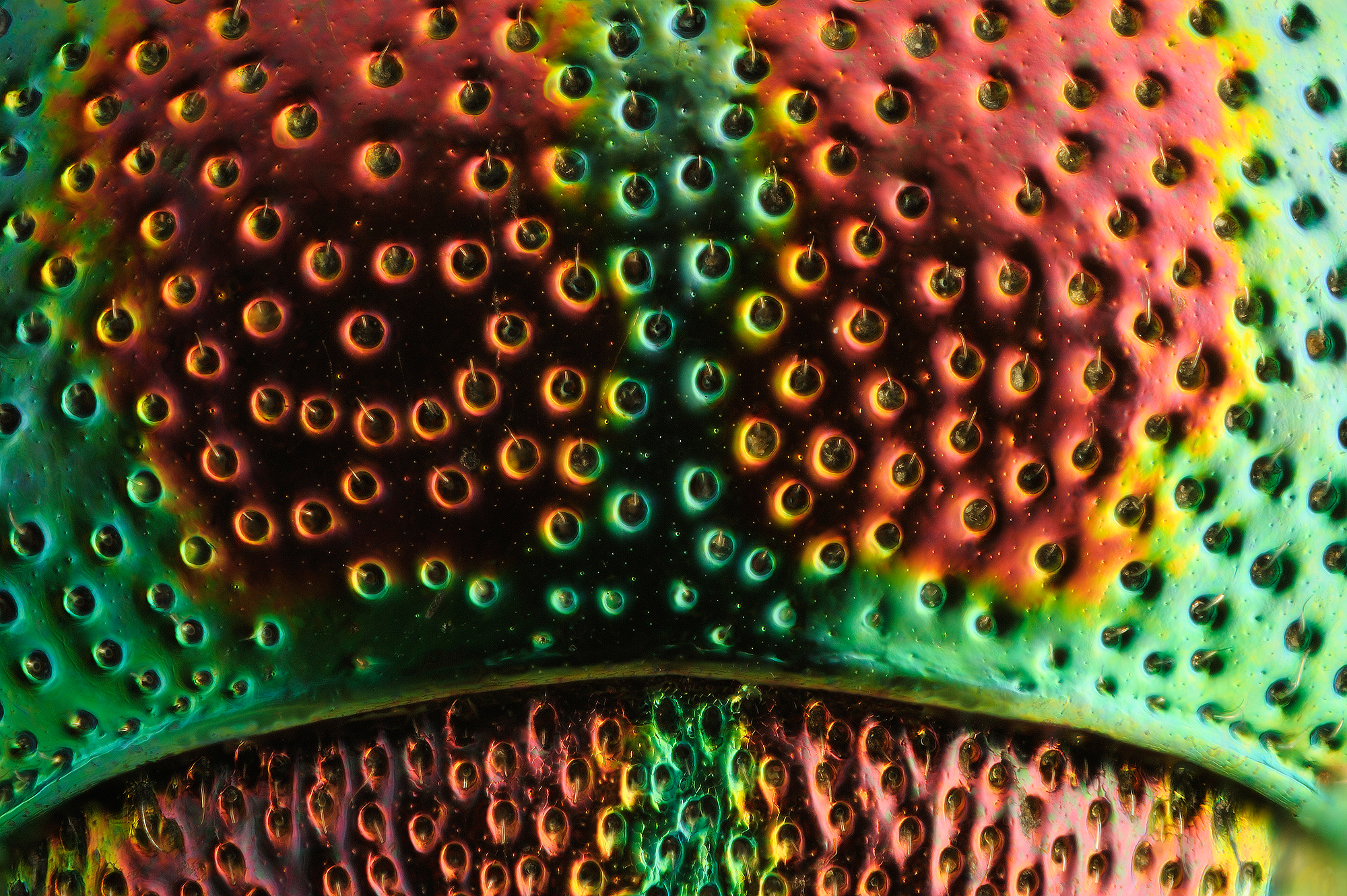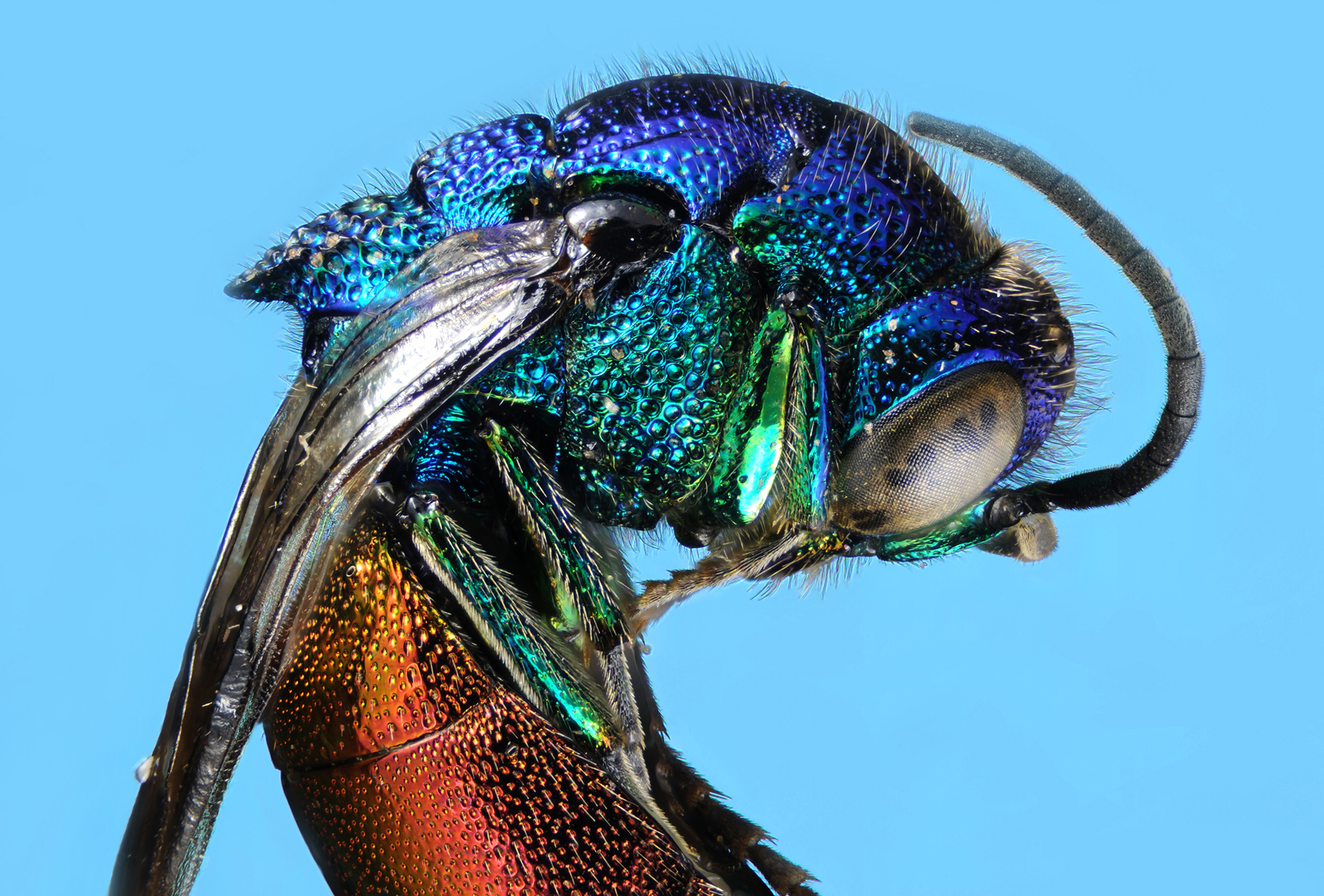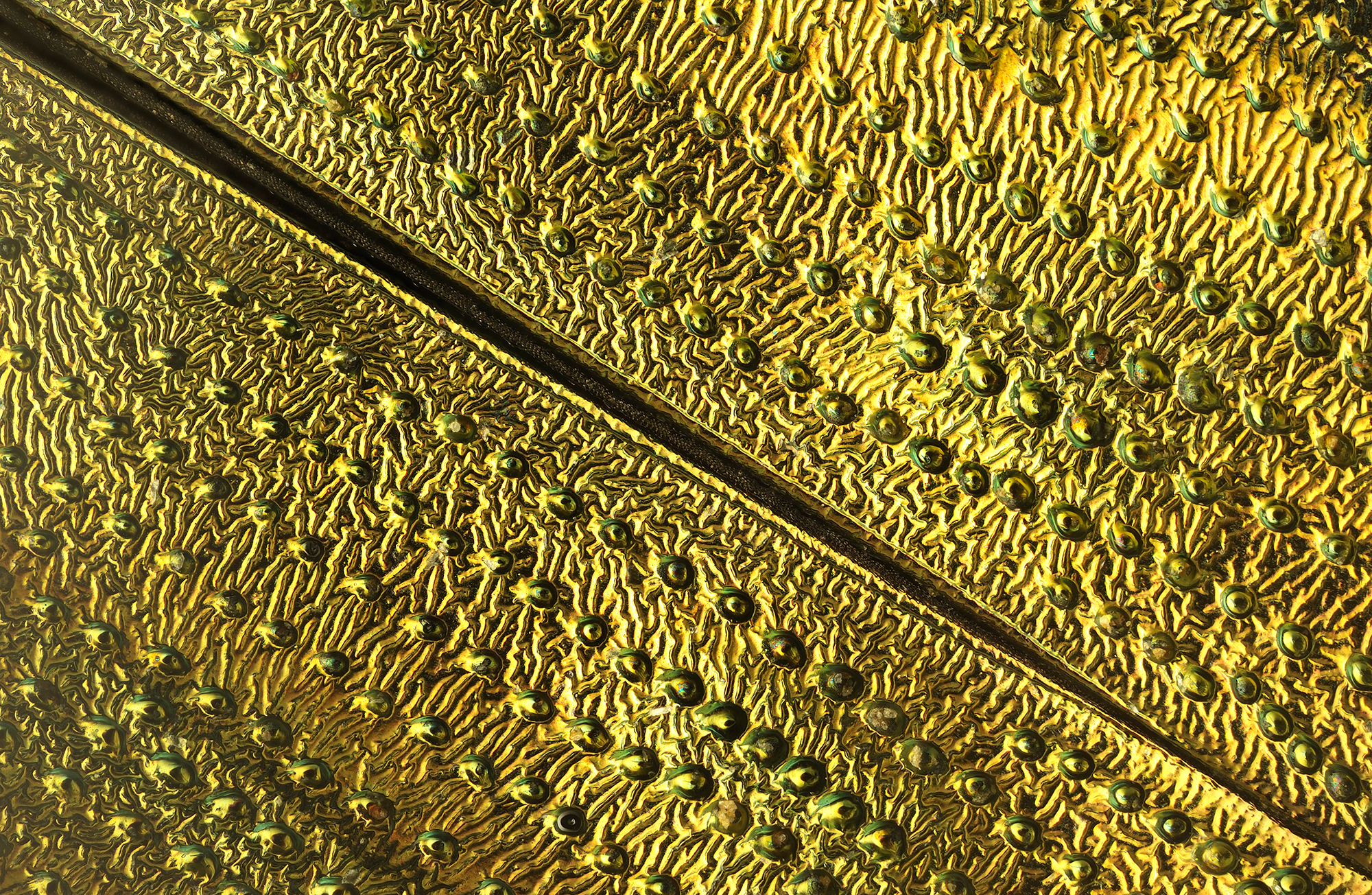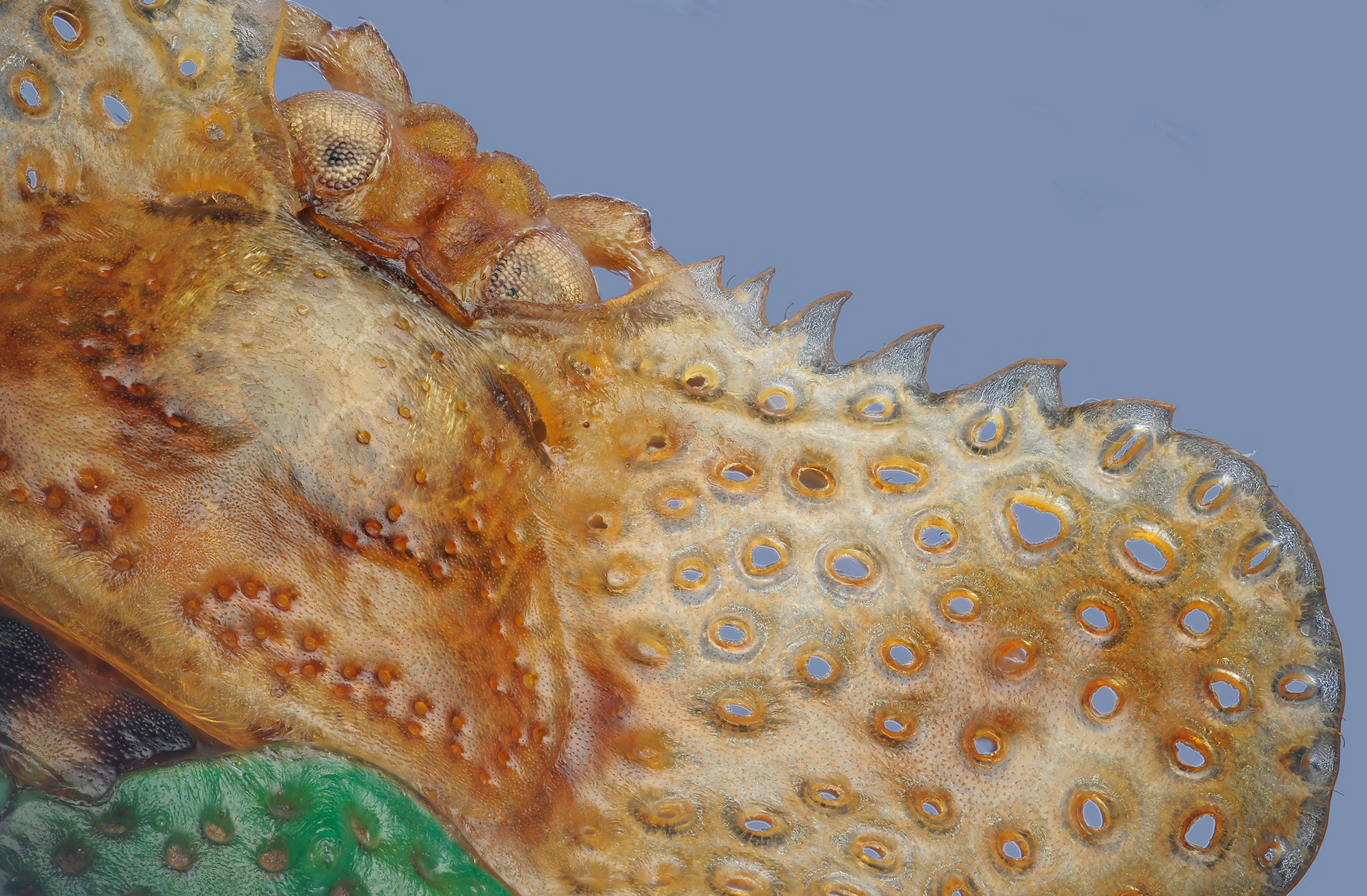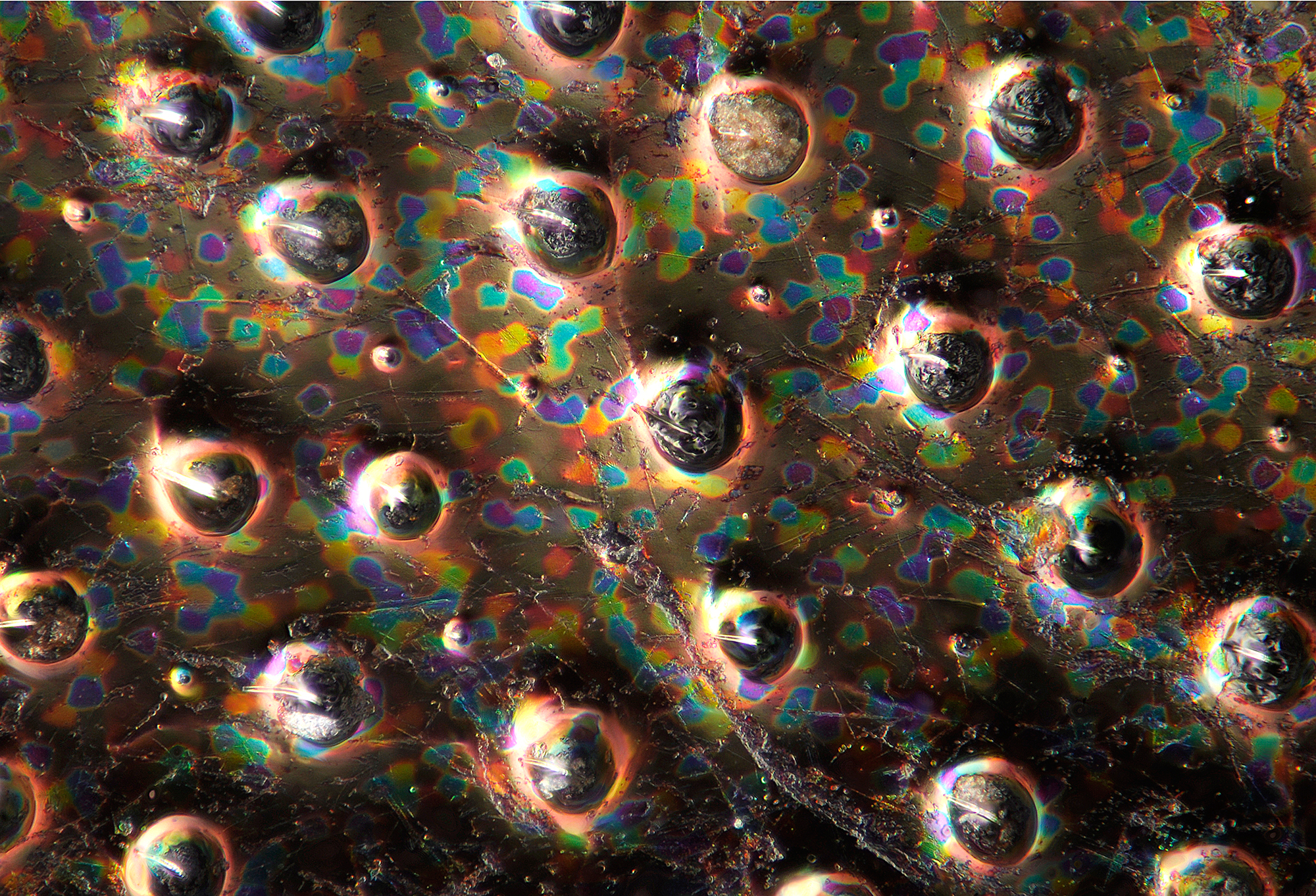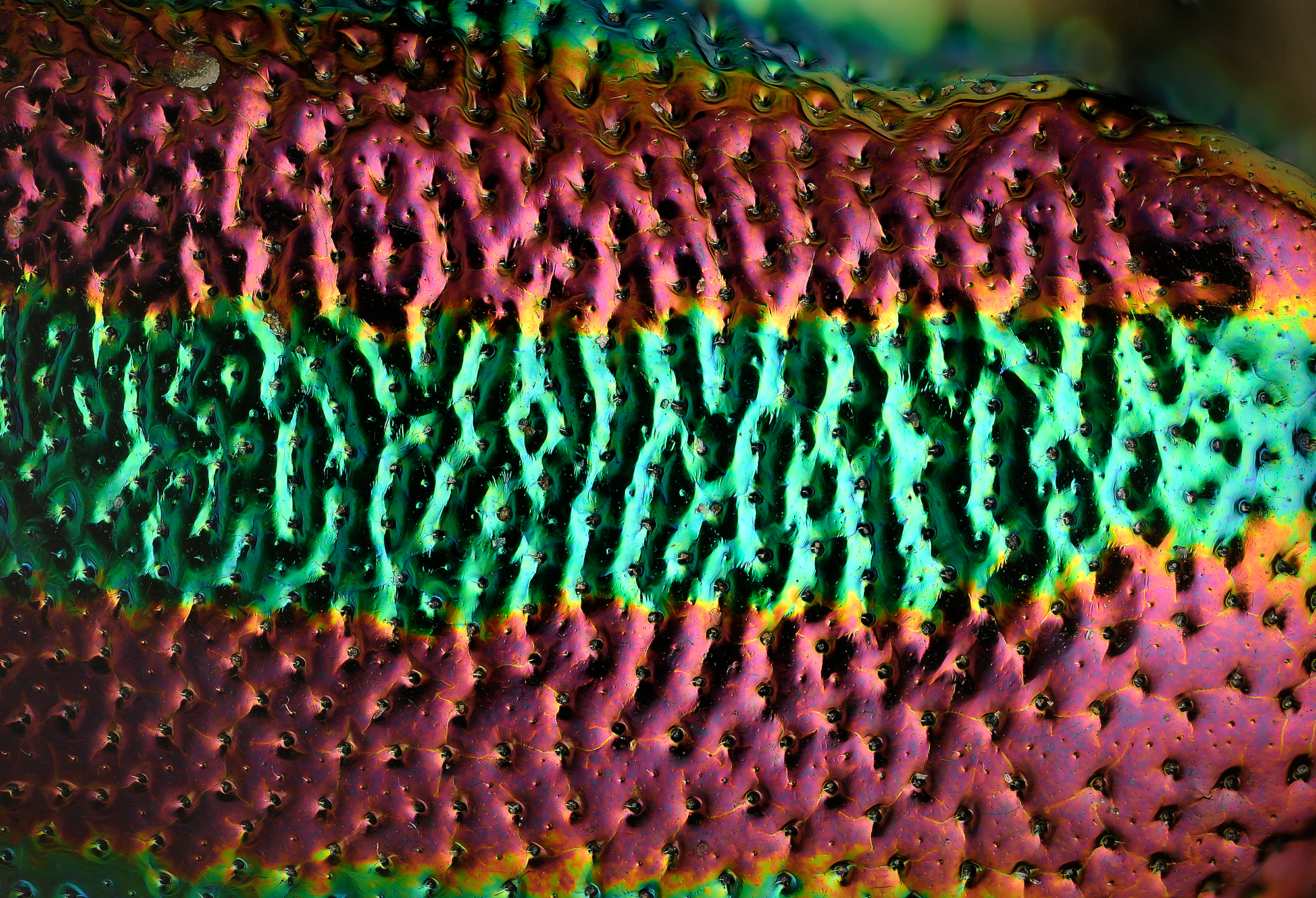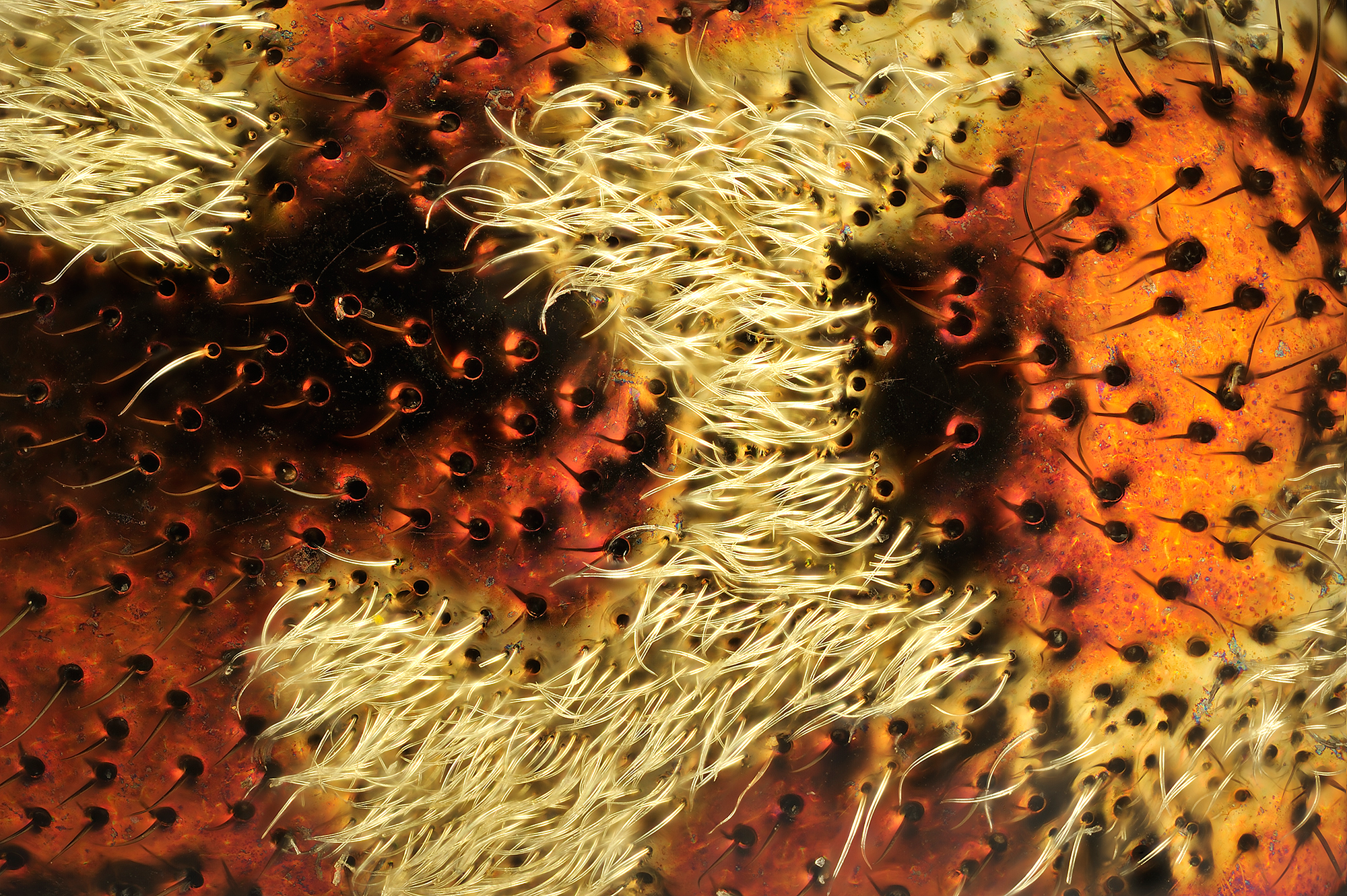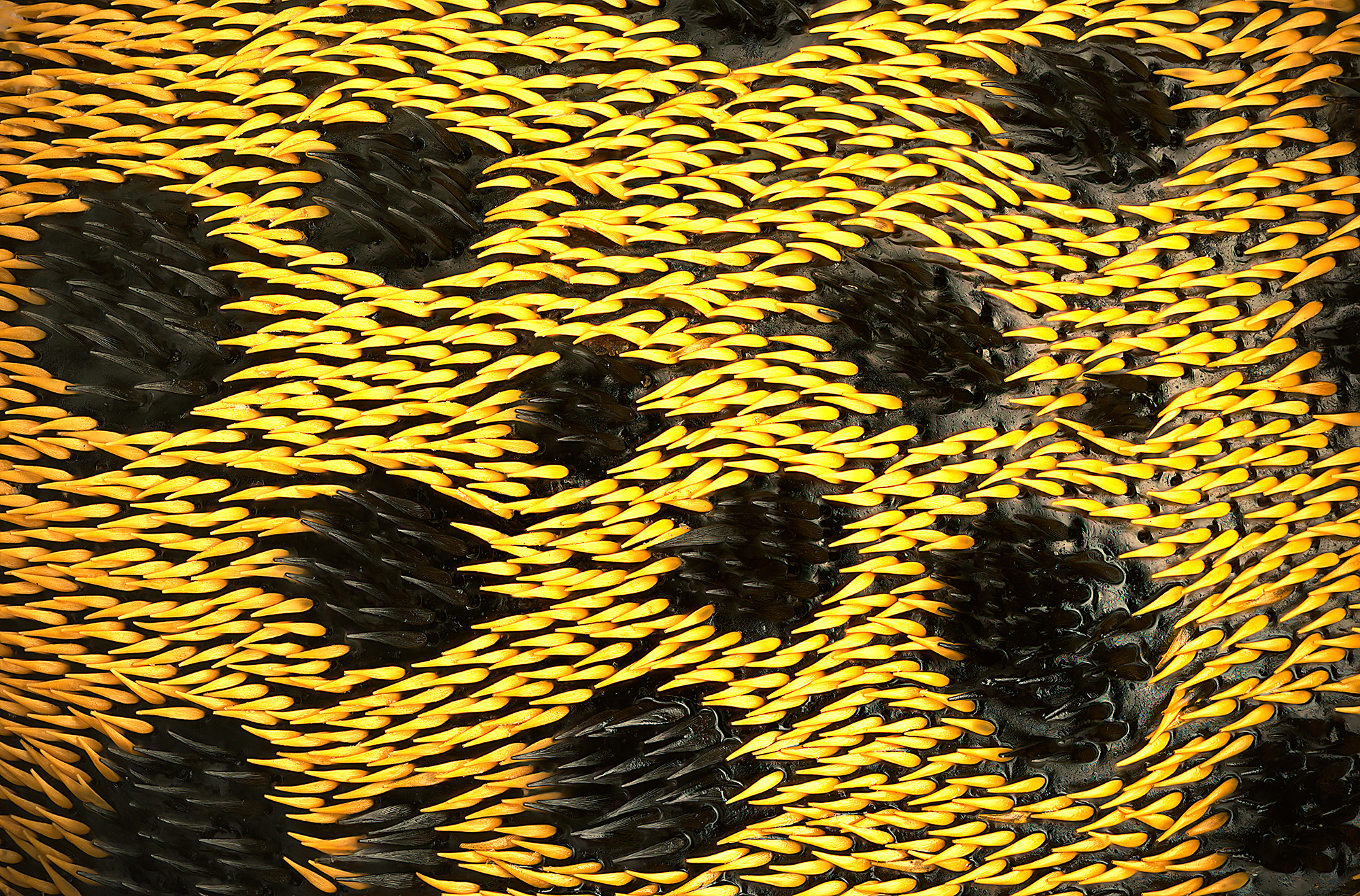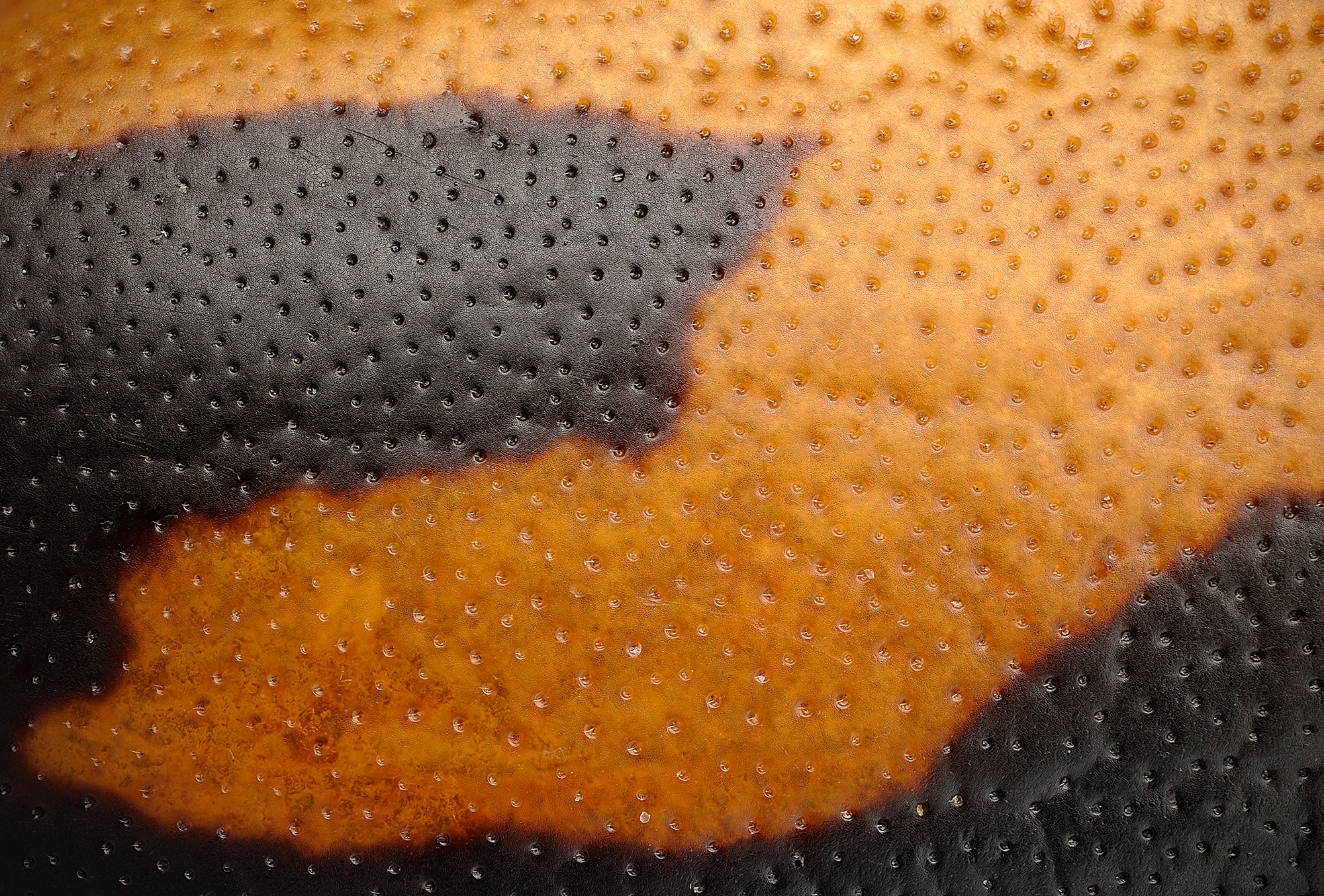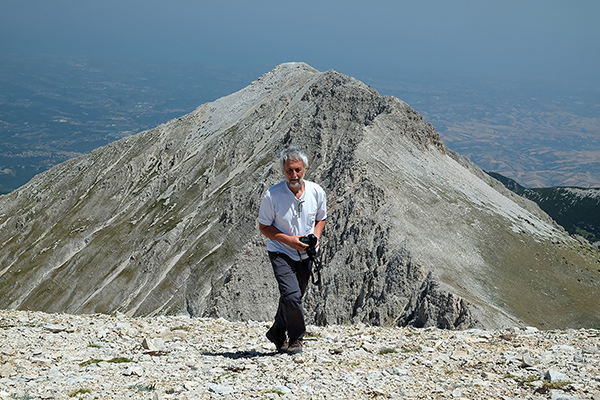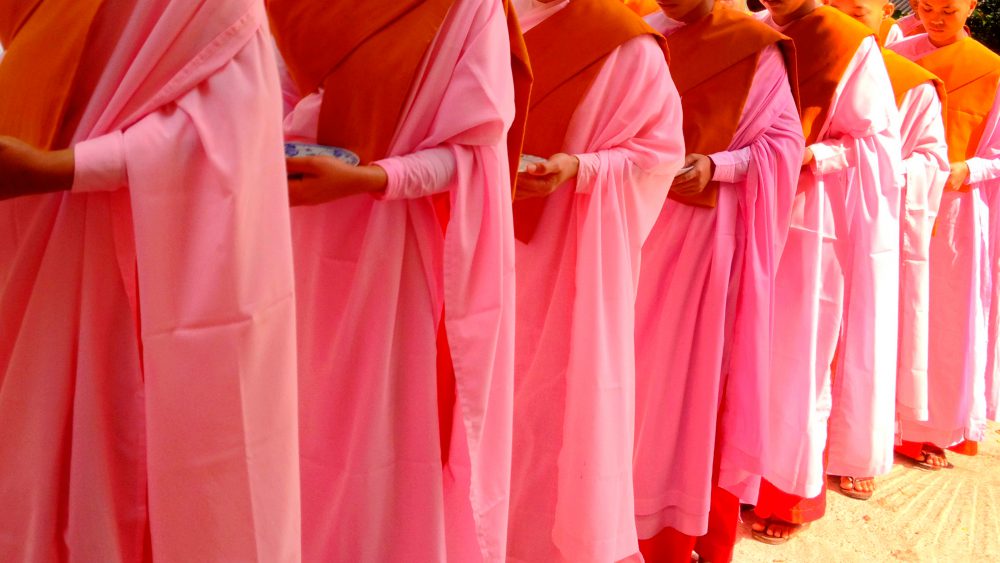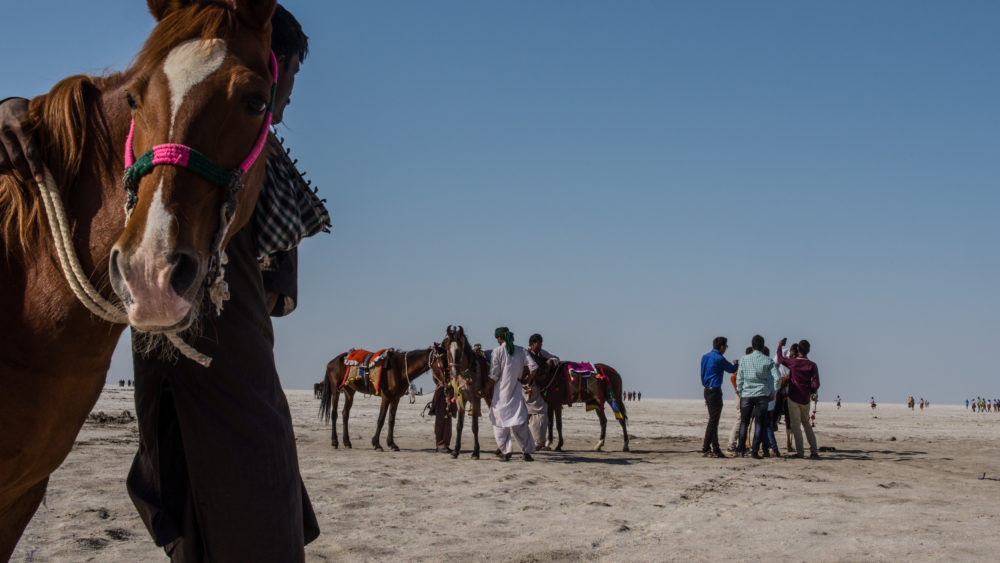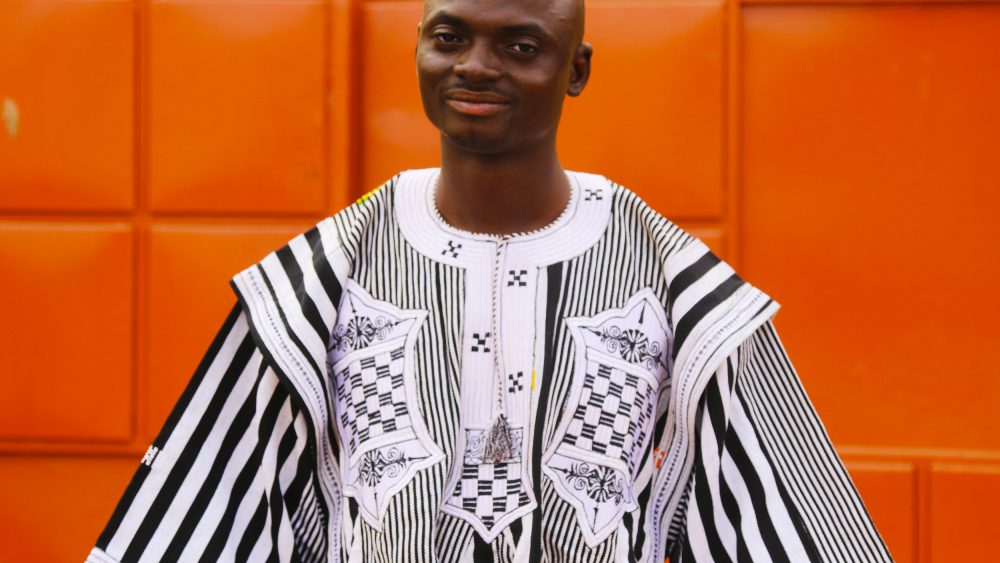"Present digital technologies
introduced the possibility to produce images unforeseen under analog processes. In entomology, a scientific study of insects, this can lead to investigating the smallest aspects of the Insect bodies with images that, in their textures and colors, can move our imagination to boundaries other than the strictly scientific aspect. I am an entomologist and as such I see the reproduction of the actual animals in these photos. But if I go beyond this, my mind sees other horizons."
– Stefano Zoia, Entomologist
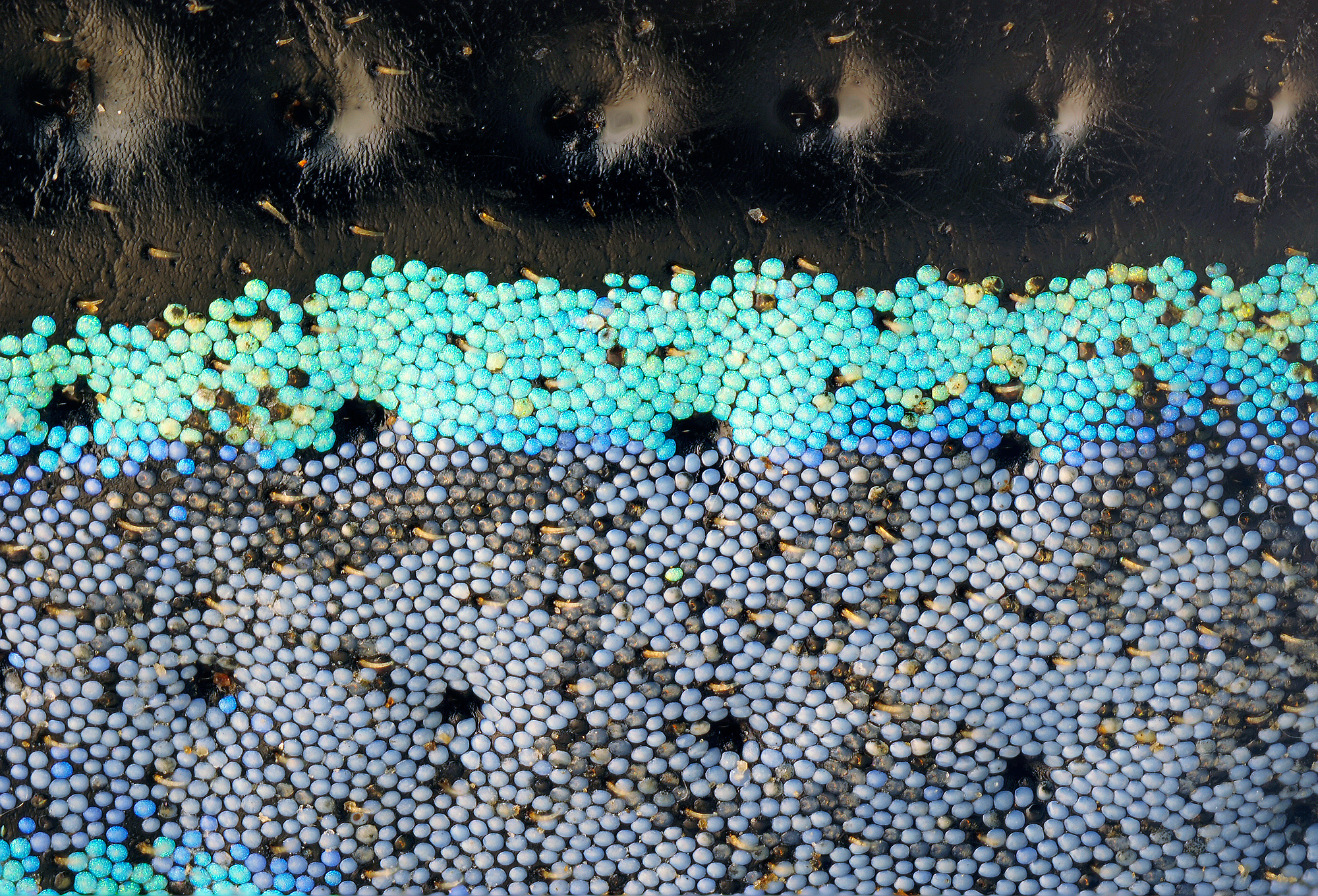
Could you transport us into the world of entomologists?
In reality, entomology is a kaleidoscopic world in which insects are the main object of interest. So there is no one set way to be an "entomologist". It is neither a solitary man with a net in his hand, nor a scientist looking inside a microscope. In fact, it is a field populated with eclectic people: academics, professionals who work in museums and laboratories, amateurs and collectors, people with high education degrees and those who stopped early in their studies. If you can imagine the eccentricity and obsession (or shall we say "personality disorder"?) in the mere act of seeking out and buying insects collected from all over the world, you'd see why it is a fertile ground for sociologists or psychologists to study.
Also, entomology includes several research fields such as taxonomy, biology, developmental biology, ecology, genetics, biogeography, agriculture, agrochemicals, defense from crop pests and medicine, as well as pure curiosity for knowledge around nature. Hence, no one man can master the study of all known and yet-to-be-discovered insects, in addition to understanding all aspects of their lives and their relationship to the environment and human activities. Each of us chooses a specific field of studies. I work at the so-called "alpha level" of entomology. Taxonomy is the science of giving a name to each species and studying its phylogenetic, or evolutionary, relationships and its distribution on Earth. It looks like a simple task to consider a single or a few species of insects, but you must multiply this research by thousands of animals, even if you limit your interest to a single family within an Order of Class Insecta.
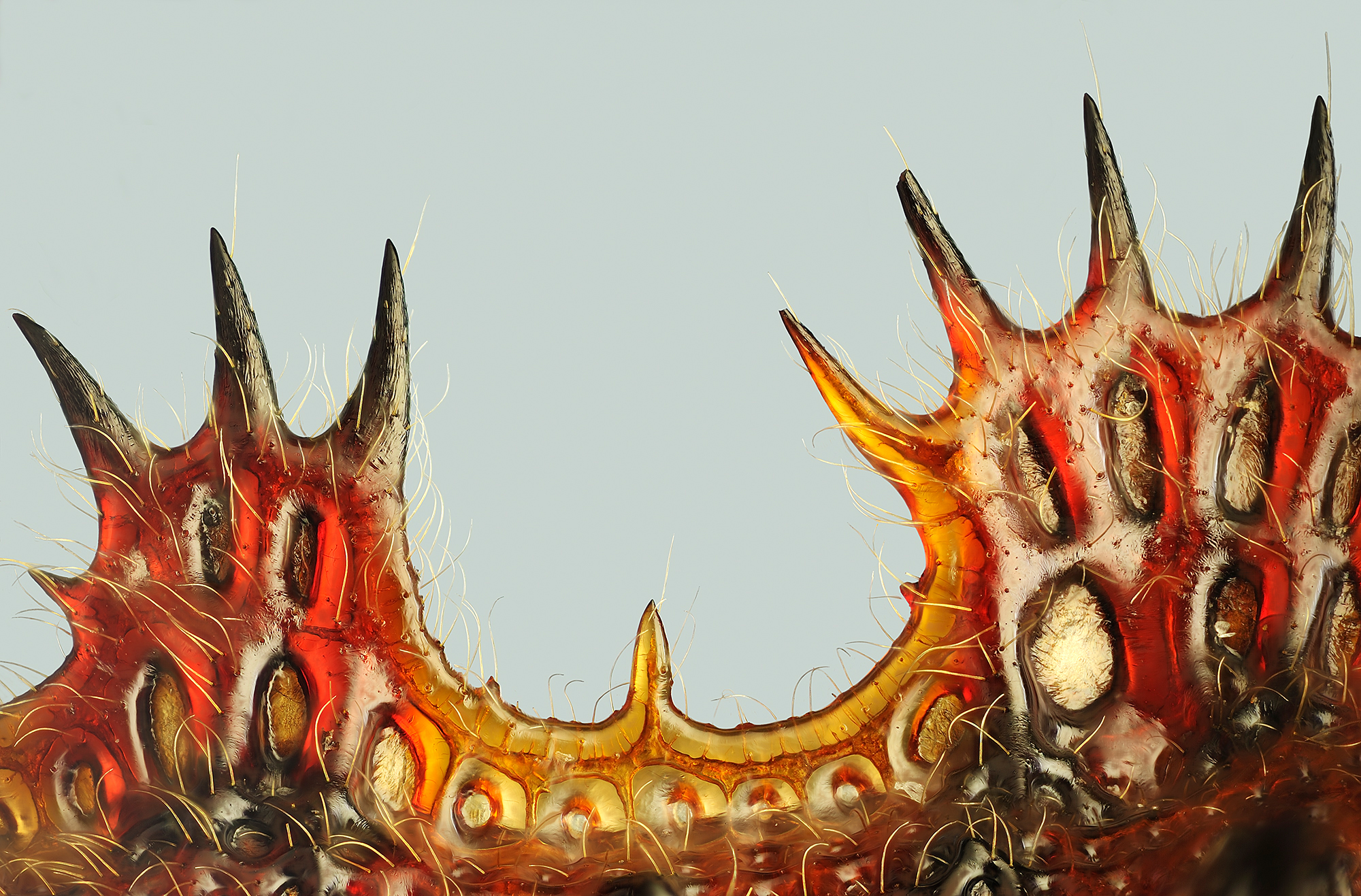
To enjoy the full story, become a Member.
Already a Member? Log in.
For $50/year,
+ Enjoy full-length members-only stories
+ Unlock all rare stories from the “Moowon Collection”
+ Support our cause in bringing meaningful purpose-driven stories
+ Contribute to those in need (part of your membership fee goes to charities)
EDITING: COPYRIGHT © MOOWON MAGAZINE / MONA KIM PROJECTS LLC. ALL RIGHTS RESERVED.
PHOTOS: COPYRIGHT © STEFANO ZOIA. ALL RIGHTS RESERVED.
TEXT: COPYRIGHT © MONA KIM / MOOWON MAGAZINE. ALL RIGHTS RESERVED.
TO ACQUIRE USAGE RIGHTS, PLEASE CONTACT US at HELLO@MOOWON.COM
